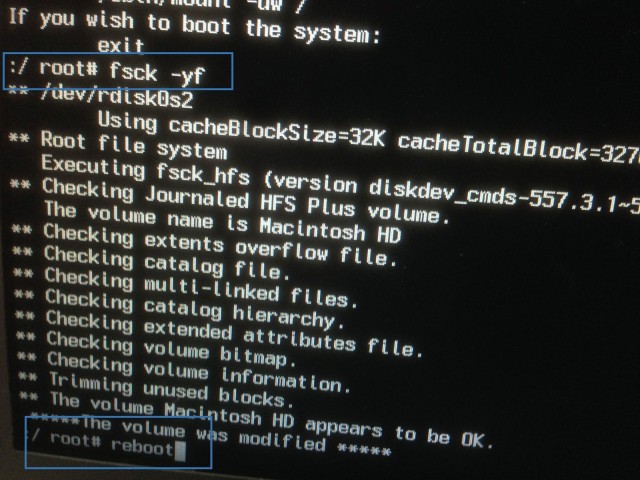How To Know Filesystem Type For Mac

If the filesystem is not mounted (but if it is as well): blkid -o value -s TYPE /dev/block/device or: file -Ls /dev/block/device You'll generally need read access to the block device. Apple's OS-X (.  Uses this type for its filesystem partition (a UFS file system, in NeXT flavour, only differing from the *BSD formats in the first 8 KB). This prints HFS+ volumes as FS type=17. Is this constant or may change? Is there some sort of mapping from this number to a file-system type? When I use getmntinfo() to print the file-system type, it prints HFS+ volumes as HFS.
Uses this type for its filesystem partition (a UFS file system, in NeXT flavour, only differing from the *BSD formats in the first 8 KB). This prints HFS+ volumes as FS type=17. Is this constant or may change? Is there some sort of mapping from this number to a file-system type? When I use getmntinfo() to print the file-system type, it prints HFS+ volumes as HFS.
Advertisement When you format If you have a new HDD or SSD, you should format it. Through formatting, you can wipe old data, malware, bloatware, and you can change the file system. Follow our step-by-step process. Formatting a USB drive is no different than formatting any other drive. But how often have you actually formatted a drive and did you ever wonder what the various options mean?, you prepare it for its use as a storage medium by an operating system. During this process a file system is set up and all information previously stored on the drive is removed.
You may have heard of computer file systems like FAT or NTFS before, but do you actually know what they do and which ones you are using? This article explains how they work and what their differences are. I also show you how to find out which file systems run on your drives. What Is A Computer File System?
Hard drives are divided into sectors of about 512 bytes each. Sectors in turn are grouped into clusters. Clusters, also known as allocation units, have a defined size of 512 bytes to 64 kilobytes, so they usually contain multiple sectors. A cluster represents a continuous block of space on the disk.
Operating systems rely on a file system to organize the clustered storage space. The file system maintains a database that records the status of each cluster. In essence, the file system shows the operating system in which cluster(s) a file is stored and where space is available to store new data. Which File Systems Should I Know Of? The prevalent Windows file systems are FAT (File Allocation Table), FAT32, and NTFS (New Technology File System).
Briefly, NTFS supports a file size of more than 4 GB, partitions can be larger than 32 GB, it better manages available space than FAT or FAT32 and thus causes less fragmentation, and it comes with a number of security-related features including on-the-fly file encryption. Compared to NTFS, FAT file systems take up less space, they perform less write operations to the drive which makes them faster and a better fit for small flash drives, and they are cross-platform compatible. The biggest drawbacks of FAT and FAT32 are a partition size limit of 32 GB and a file size limited to 2GB or 4 GB, respectively. A new file system predominantly used for flash drives is exFAT (Extended File Allocation Table), also known as FAT64. Like NTFS it supports files larger than 4 GB, partitions larger than 32 GB, and its file management avoids fragmentation. At the same time it is fast and optimized for mobile personal storage and handling media files.